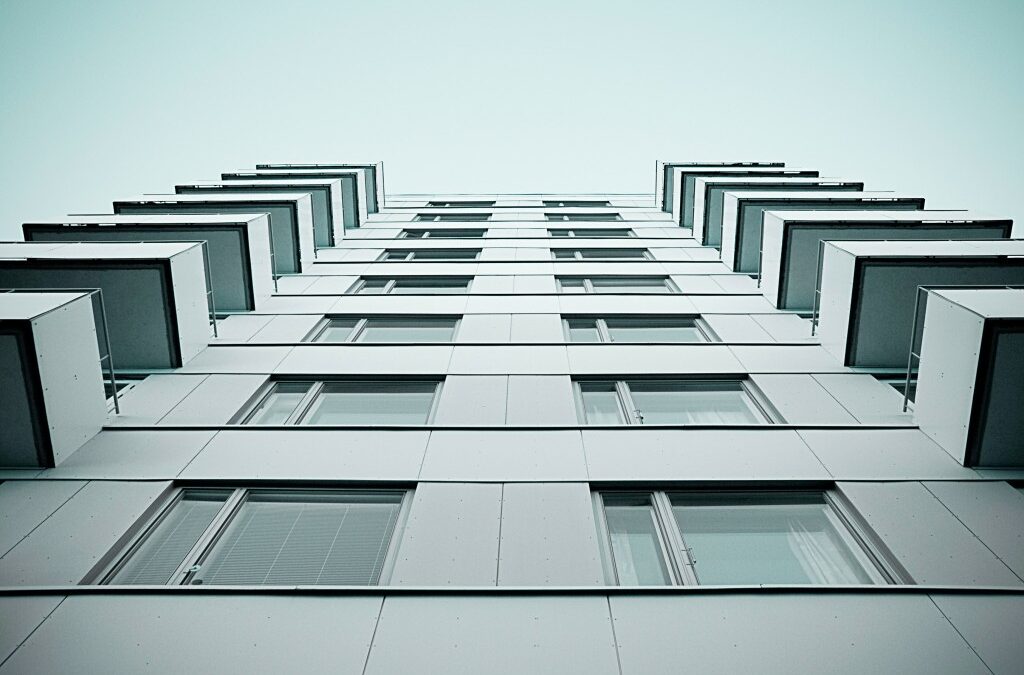For all homeowners, it is a sure certainty that at some point you will need to carry out repairs or make improvements to your property. This could be anything from a replacement kitchen appliance, some new carpet or something major such as a new roof. Most frustratingly these things crop up when you least expect them to, and in some cases you may not be prepared financially to meet the cost of getting it resolved. An available pot of savings in these instances would be most welcome and undoubtedly ease the financial burden.
It is no different with management of blocks of flats. All property needs regular maintenance, and for the larger items of cyclical maintenance such as external redecoration a reserve fund makes arranging these a much smoother and less difficult process. A well-managed reserve fund benefits everybody.
Many leases provide for a contribution to be made to a reserve fund each year as part of the Service Charge payment. By law, all Service Charge money must be held ‘on trust’ for the benefit of leaseholders. Service Charge money collected for the building sits separately to reserve fund contributions. Service Charge covers all of the day to day running costs of your building, such as cleaning, insurance, electricity etc, and the reserve fund is effectively a savings pot that is built up over a period of time to help meet some if not all of the costs of major items of expenditure, such as redecoration or a passenger lift replacement. A reserve fund effectively helps spread the cost of major items throughout the life of your building or development. All leaseholders pay into the fund throughout ownership of the lease, passing on the benefit of the fund to the next person who purchases the flat. Funds saved are not passed on when you transfer your lease however, the fact that the funds exist can make your flat much more saleable to potential buyers.
So how much should you pay into a reserve fund each year?
Very much a ‘depends answer’. Every building’s needs are different, and naturally some buildings can be more expensive to maintain. It is important to have a clear basis upon which reserve fund contributions are calculated. We recommend have a rolling long term maintenance plan which helps to project what large items of work will be required in the coming years and the likely costs associated with them. If external redecoration of the building is required on a 5-yearly cycle and it is to cost £60,000, it would be reasonable and sensible to pledge £12,000 to your reserve fund each year so that the fund is healthy enough to meet the cost of redecoration when it becomes due. Imagine purchasing a flat during year 4 and being hit with a huge bill for external redecoration within a matter of months because there are no reserves held! A scary thought, but it happens very often and can really affect people financially.
Before you purchase a flat, you should always make sure you (or your conveyancing solicitor) request information about how much is held in the reserve fund for the building. You should also ask how the annual contribution has been calculated. Like any form of Service Charge it can be open to challenge by leaseholders if it cannot be justified as reasonable.
It is worth being aware that not all leases contain a reserve fund provision. If the lease doesn’t allow it, then a reserve fund cannot exist. If this is the case with your lease, then consider being proactive and having your own savings account to prepare you for large outlays in the future.
As Managing Agents, part of our role is to provide advice to our clients and discuss their reserve funds at least annually to ensure that they are being managed correctly for the benefit of all leaseholders in the building.
If you would like to know how we can help you too, be sure to contact our dedicated block management team today.
Samantha Hensher MIRPM, MARLA
Financial Director – Oakfield Estate Agents

